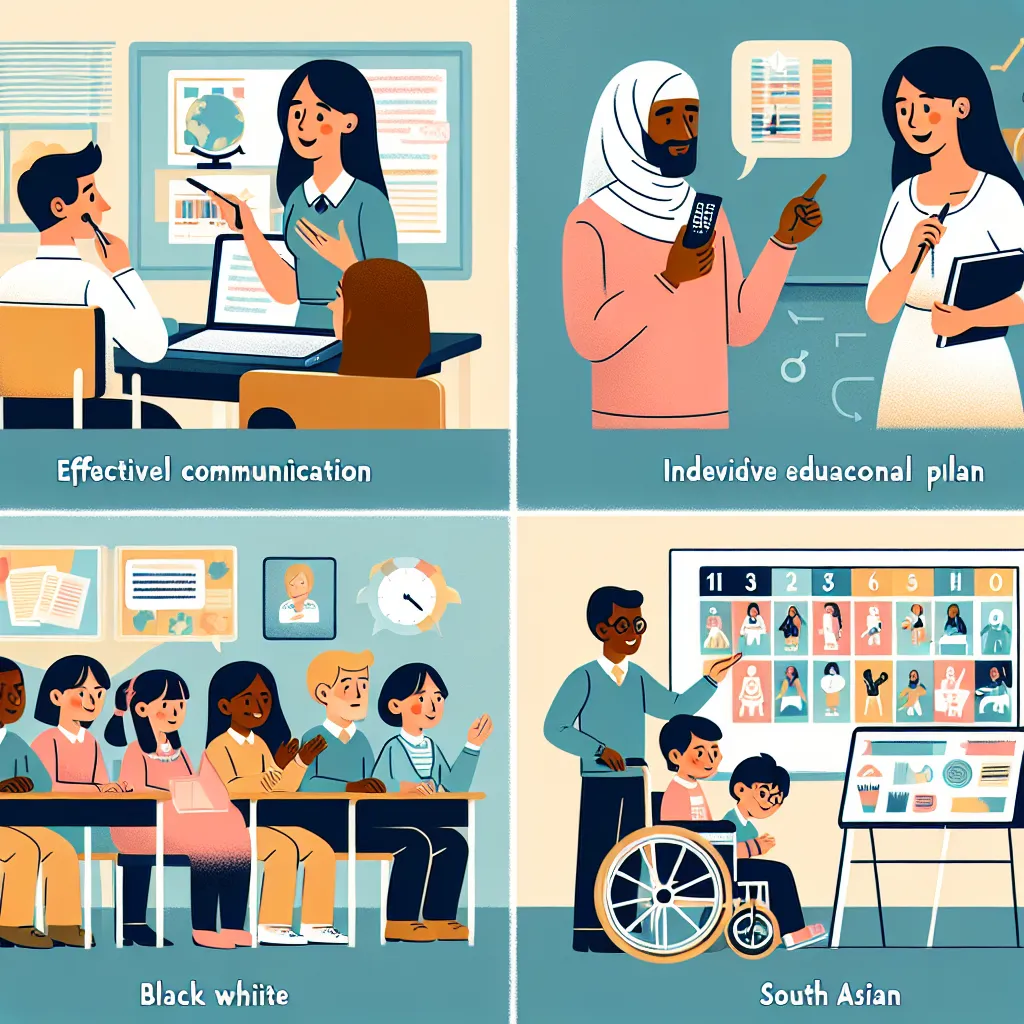Ask AI on The Internet
Question: Promoting diversity and inclusion involves recognising and valuing dimensions of diversity. By embracing these dimensions organisations can foster an environment that values and celebrates the diverse tapestry of human experiences. It is important to recognise that diversity goes beyond singular aspects of a person’s identity, and represents all of the complex characteristics that make an individual unique. By promoting diversity and inclusion, organisations can create a more vibrant and harmonious work environment that values the contributions of all employees. Developer’s piece of view As the CEO of a successful private college in South Africa, you are required to give a presentation to your employees about the various dimensions of diversity and inclusion within the workplace. Required: From the background provided discuss the various dimensions of diversity and inclusion. (15 marks) Your essay must consist of the following: A brief introduction of what diversity and inclusion are providing examples to enhance your answer. (4 Marks) The body of content (explaining the various dimensions of diversity and inclusion). (8 marks) A conclusion that is detailed and provides a constructive concluding argument as to why organisations should promote diversity and inclusion ( 2 marks) List of references (use Havard referencing) (1 marks) Your essay must consist of 250-300 words
Introduction: Diversity and inclusion encompass a broad range of characteristics that make an individual unique – this can range from personal attributes such as age, gender, ethnicity and physical abilities, to experiences and cultural backgrounds. For instance, a company operating globally would strive to diversify its team to ensure representation from various cultures, ideologies and experiences. This fosters inclusion by ensuring all voices are heard and valued. Body: The dimensions of diversity and inclusion are multifold. 1. Ethnoracial Diversity: This takes into account people's race, ethnicity, and nationality. It's about respecting and valuing the differences and uniqueness brought forth by different ethno-racial backgrounds. 2. Gender Diversity: This includes men, women, as well as other gender identities such as transgender individuals. Each gender brings its own unique viewpoint and talents to the table. 3. Age Diversity: It ranges from young, fresh graduates to more mature and experienced individuals. All age groups have their own strengths, wisdom, and experience to contribute. 4. Disability and Accessibility: This ensures individuals with various physical and mental disabilities are included and have equal access to opportunities. 5. Cognitive Diversity: This involves appreciating different thinking styles, problem-solving techniques and viewpoints. Inclusion, on the other hand, is about integrating these diverse elements into a seamless whole, where everyone's contributions are valued. Conclusion: The promotion of diversity and inclusion is pivotal. Not only does it increase innovation, productivity, and morale, but it also provides a competitive edge in terms of talent retention and market understanding. Most importantly, it constructs a fair and equitable work environment where all can thrive. (List of references as required. Note: consider your school's specific Harvard referencing guide for proper formatting) 1. Cox, T., 1993. Cultural Diversity in Organizations. San Francisco: Berrett-Koehler Publishers. 2. Esty, K., Griffin, R., and Hirsch, M. S., 1995. Workplace diversity. A manager's guide to solving problems and turning diversity into a competitive advantage. Avon, MA: Adams Media Corporation. 3. Shore, L.M., Randel, A.E., Chung, B.G., Dean, M.A., Ehrhart, K.H. and Singh, G., 2011. Inclusion and diversity in work groups: A review and model for future research. Journal of Management, 37(4), pp.1262-1289.
A new large language model has been made available since this question was asked.
To generate an updated answer from the new model, click the button below.
Think your answer is better than the AI's? Post it below.
Other Most Relevant Posts:
 Embracing the Mosaic: Unveiling the Multifaceted Dimensions of Diversity and Inclusion
Introduction
Diversity and inclusion encompass the myriad layers of human characteristics, acknowledging the uni
Embracing the Mosaic: Unveiling the Multifaceted Dimensions of Diversity and Inclusion
Introduction
Diversity and inclusion encompass the myriad layers of human characteristics, acknowledging the uni
Question Tags
If you want your question answered by an AI, click here.






Post your own comment: